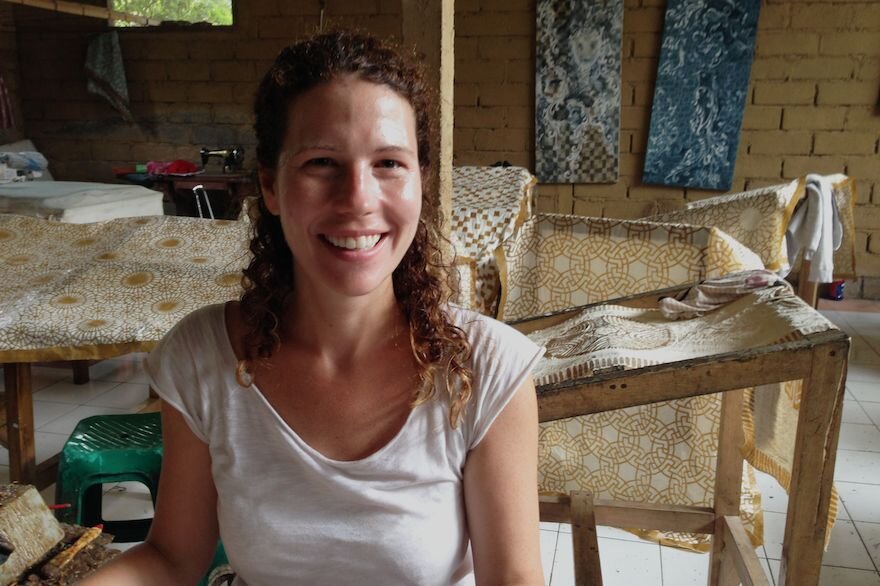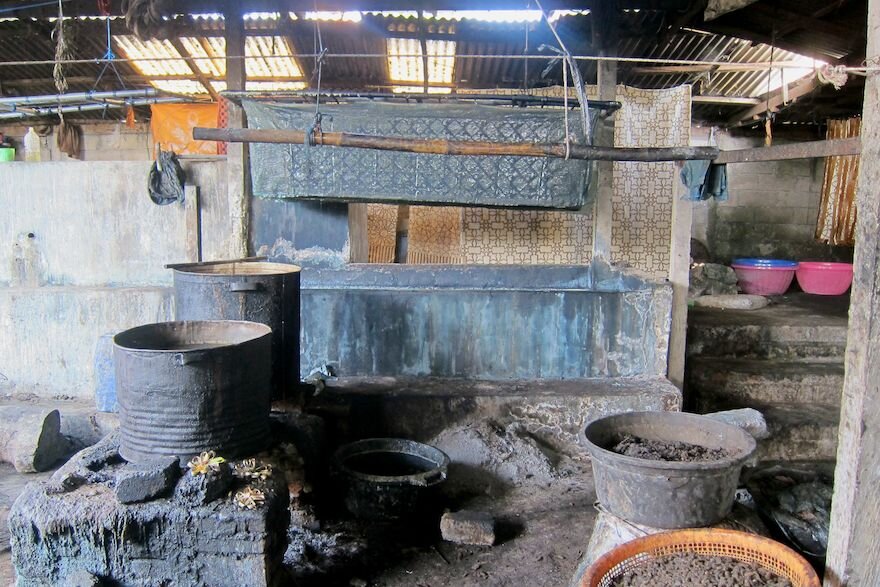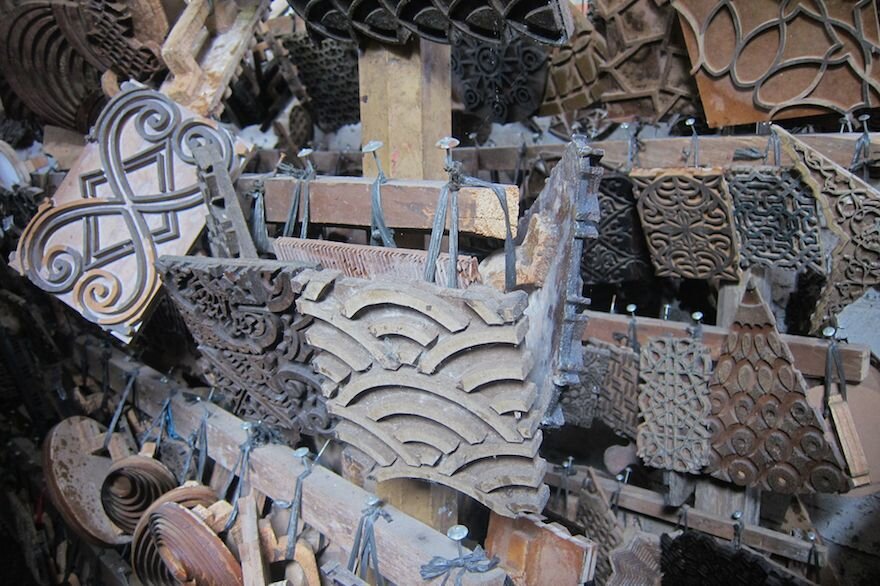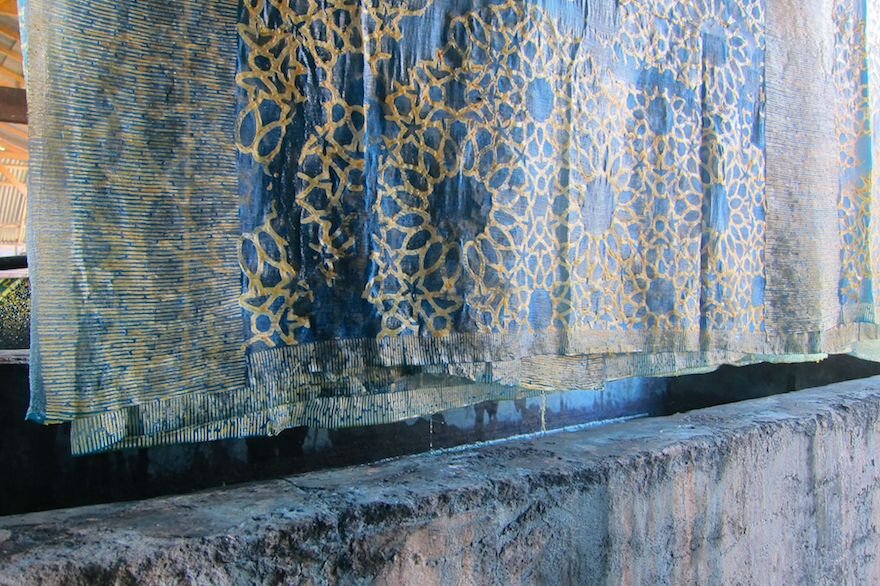We like to think that behind every good brand is an even better story, so we’d love to share a bit about who we are and how we started doing this thing called espanyolet.
We can’t really talk about who we are & what espanyolet is without talking about the year we spent traveling the world, which left an indelible mark on us. So here goes: Brooklyn to Bali to Berlin to the Baleares….part one.
After meeting at work and only being together for a handful of months, we decided to leave our jobs, lives, friends & families behind in the States and travel the world. The idea was not to check things off our bucket list, but instead go to places that fulfilled a missing part of ourselves. We printed out a short list of what we wanted to do in our year abroad — make things with our hands, be with nature, get in touch with our spiritual side, learn a new language, do nothing — and posted it up on the wall. This was how we chose our itinerary (note: make things with our hands….this is where the germ of a thought started!!)
What was really stirring inside of us was a need to do things differently. I guess you could say that the idea of living a ‘conventional life’ was something we’d been pulling away from for some years. Plus, we were both in places in our careers where we were managing politics more than people or projects. While we worked in a creative field, a large part of our days weren’t so creative anymore. We wanted to change that. And a creative year abroad seemed like the perfect reset.
In New Zealand, we rented a Happy Camper and drove thousands of kilometers exploring both the North and South islands of that gorgeous country. This is where we learned to live in a small space, get to know each others’ every quirk and become minimalists. We needed little beyond our Happy Camper, backpacks and some bottles of New Zealand Sauvignon Blanc.
Bali was where everything kind of changed for us. We had been camping for a month in New Zealand, and then we landed in Ubud, Bali, Indonesia which we had chosen for its handicrafts and artisan-led lifestyle. We rented a house in the rice paddies for 2 months and set out to immerse ourselves in the local culture. I (Melissa) had chosen textiles because I’d always been interested in fibers: from knitting to fashion. I’d heard about batik, the Indonesian method of dyeing fabric by using resist. What this means is that a substance — in the case of batik, wax — is applied to the fabric in decorative ways and the parts that are waxed don’t take the dye. The results are very graphic, and traditionally used the very elusive but highly coveted indigo dye.
Every day, I drove our scooter (on the left side of the road, mind you!) the 20+ minutes to a factory where men & women were creating beautiful fabrics from batik. The men were the only ones who were allowed to stamp, presumably because the hot wax was deemed more dangerous for women. Of course this is what I wanted to do, and surprisingly enough, without a word of Balinese or English exchanged between us — they let me stamp my own fabric. They used vats of indigo that had been in production for YEARS because this finicky plant has its own peculiarities, fermentation idiosyncrasies and way of developing. I could write another 5000-word essay about indigo and batik, but I’ll leave it here for now. Needless to say, I was fascinated…
Meanwhile, Thomas was spending his days at Gaya Ceramics Art Center where he was doing an immersion course in Raku. This ancient art is a type of Japanese pottery traditionally used in Japanese tea ceremonies, most often in the form of chawan tea bowls. It is traditionally characterized by being hand-shaped rather than thrown, fairly porous vessels, which result from low firing temperatures, lead glazes and the removal of pieces from the kiln while still glowing hot. In the traditional Japanese process, the fired raku piece is removed from the hot kiln and is allowed to cool in the open air. Thomas spent his days designing what types of discarded materials — chicken feathers, newspaper clippings, even horsehair — he could use to create texture and pattern on his pieces.
Each day we were in awe of the new things we were learning and fascinated with the people who seemingly had made this type of handcraft their life’s work. We were starting to wind down and move on to our next destination — Thailand — when we looked at each other and said: “Do you think we could do this type of work for a living?” It may not seem strange to some reading these words right now, but for us, the thought of trying to make a living by making things didn’t really align with our conventional American and German upbringings. But it was then & there — in the rice paddies of Ubud — when we decided to not go back to New York, not go back to conventional jobs and instead create new lives where we could create. This is where the initial idea of espanyolet took root….
More to come…to be continued…..please follow along as we tell you the rest of the story of how espanyolet came to be!!

























